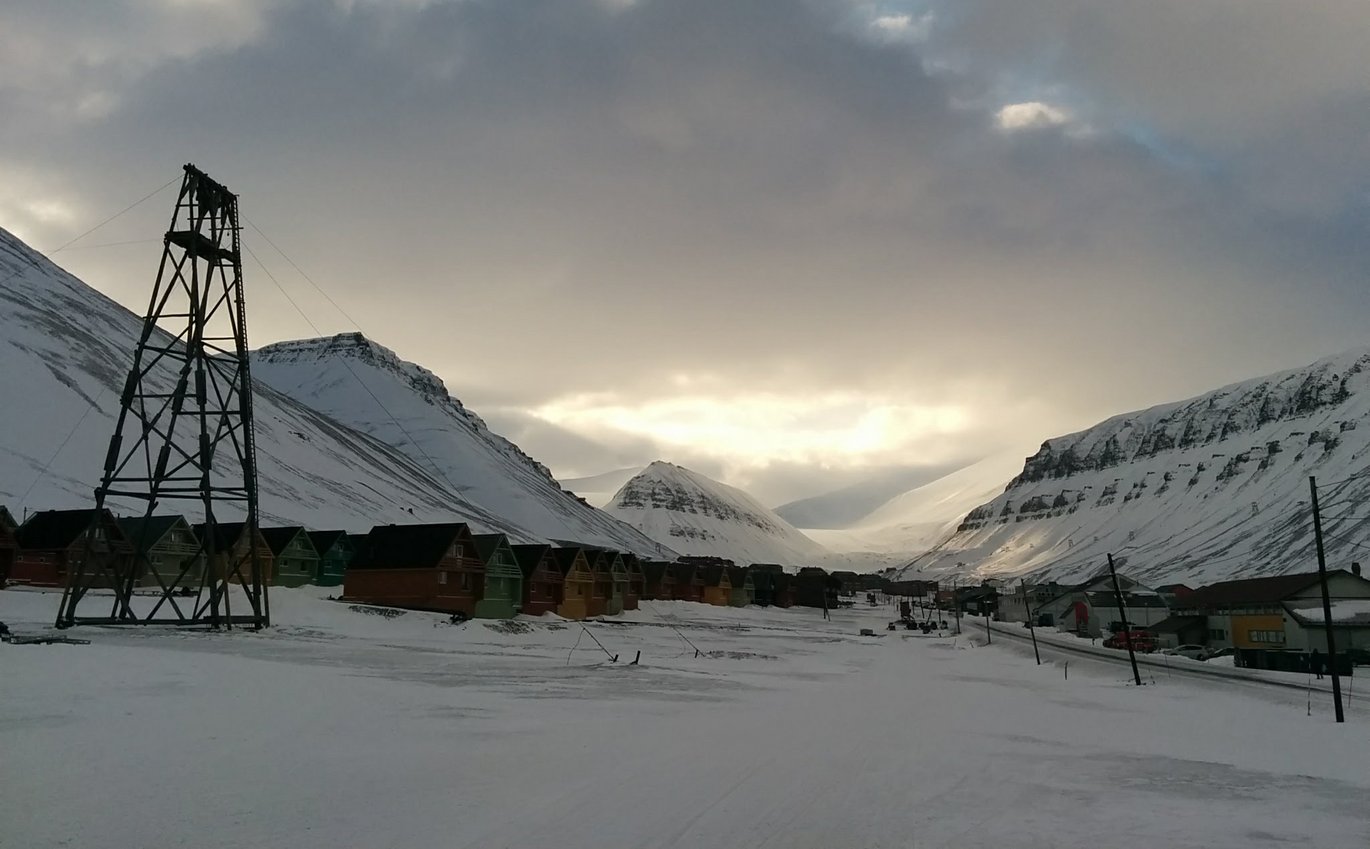The Arctic Imaginary
Few have been there and yet everyone has some image of what the Arctic is. For most people, it conjures up images of an extreme environment, white and cold. Or more recently, one of giant ice floes melting away as the impacts of climate change are felt twice as fast near the poles as anywhere else. Although these images may be grounded in some truth, this view simplifies and reduces the complexities and richness of the Arctic, not just in terms of physical landscapes but also in terms of the people(s) living there, its history and its future.

Arctic Imaginaries: a blank canvas entrenching problematic and unrealistic images
Fascination with the Arctic has gone on for hundreds of years - from the Ancient Greek idea of Thule to Dante’s icy hell to the age of Polar Expeditions and Mary Shelley’s Frankenstein. The Arctic Imaginary varies according to which region of the world it developed in. In Europe, it is often imagined as a harsh, unrelenting place where explorers have challenged themselves against nature. This is recently exemplified by Joe Penna’s film Arctic (Cannes, 2018) starring the Dane Mads Mikkelsen. It grimly paints Man (white, courageous) versus Nature (harsh, inhospitable, deadly). The Arctic can be harsh, but, given the rich diversities of the region, it is worth investigating why the image of a barren space is a predominant Arctic Imaginary to many people.
One potential explanation is that an open landscape, one that is seen as pure and untouched, allows room for the imagination. It allows us to project our own needs, our own desires, on to it. By imagining a place where one can push oneself to the extreme, one can feel more fully alive. How would the stories of well-known explorers (Robert Peary, Frederick Cook, Charles Francis Hall etc.) be perceived if people knew that they had Indigenous guides and that some (such as Robert Peary) even took second wives and left them, along with the children that came from their union, when they left the barren, ‘unpopulated’, Arctic to return home? The myth of the hero suddenly sounds less like an individual achievement - and, in some cases, becomes a tale of exploitation.
Ironically, recent environmental discourse only serves to anchor the Arctic Imaginary in a new way. Viewing the Arctic as a place to be saved, a pure, pristine place in need of protection, imposes upon it an identity as an object of desire. This takes away its agency and victimises the Arctic; its full right to existence is denied and it continues to be colonised.
The agency of the Arctic and its peoples
The circumpolar region, with its eight Arctic states, spanning Russia, the US, Canada and the Nordic countries, is of course far from a blank canvas. It is an integral part of the globalised world with a wide range of economic, social and political structures within each member state. In addition, there are circumpolar initiatives such as the Arctic Council, a high-level intergovernmental forum, and regional initiatives such as the Saami Council, the Inuit Circumpolar Council and the Nordic Council, which all work to a greater or lesser extent to make sure that a variety of voices - and interests - are heard.
The Arctic is in a process of transformation. Scientific reports predict ice-free summers for the Arctic Ocean within the next couple of decades. New ways of being in the Arctic will emerge: in shipping, tourism, industry and geopolitical manoeuvring. Each of these potential futures brings new challenges, from safe navigation and SAR (search and rescue) issues to sustainable development and environmental responsibilities to potential conflict over access to resources and Indigenous rights.
Different guises of the Arctic Imaginary continue to ‘other’ and simplify the complexities of the Arctic. However, it is clear that this complex, modern region with four million inhabitants must not be denied agency to decide what will happen in their homeland.
Further reading:
- Barry Lopez, Arctic Dreams (Vintage Books, 2001).
- Peter Davidson, The Idea of North (London: Reaktion Books, 2005).
- Robert Macfarlane, Mountains of the Mind (London ; Granta Publications, 2003).
- Rebecca Solnit, As Eve Said to the Serpent (University of Georgia Press, 2003).
- Scott MacKenzie and Anna Westerstahl Stenport (eds), Films on Ice’<emi> (Edinburgh University Press, 2016).
- William Cronon, Uncommon Ground: Rethinking our Place in Nature (The Male-Vail Manufacturing Group, 1996).
- Lassi Heininen and Heather Exner-Pirot (eds), Arctic Yearbook 2018: Arctic Development in Theory and Practice (Northern Research Forum and UArctic, 2018)
- ‘Arctic Human Development Report’ (2004, 2014)
- AMAP (Arctic Monitoring and Assessment Program) one of the six working groups of the Arctic Council
Links: